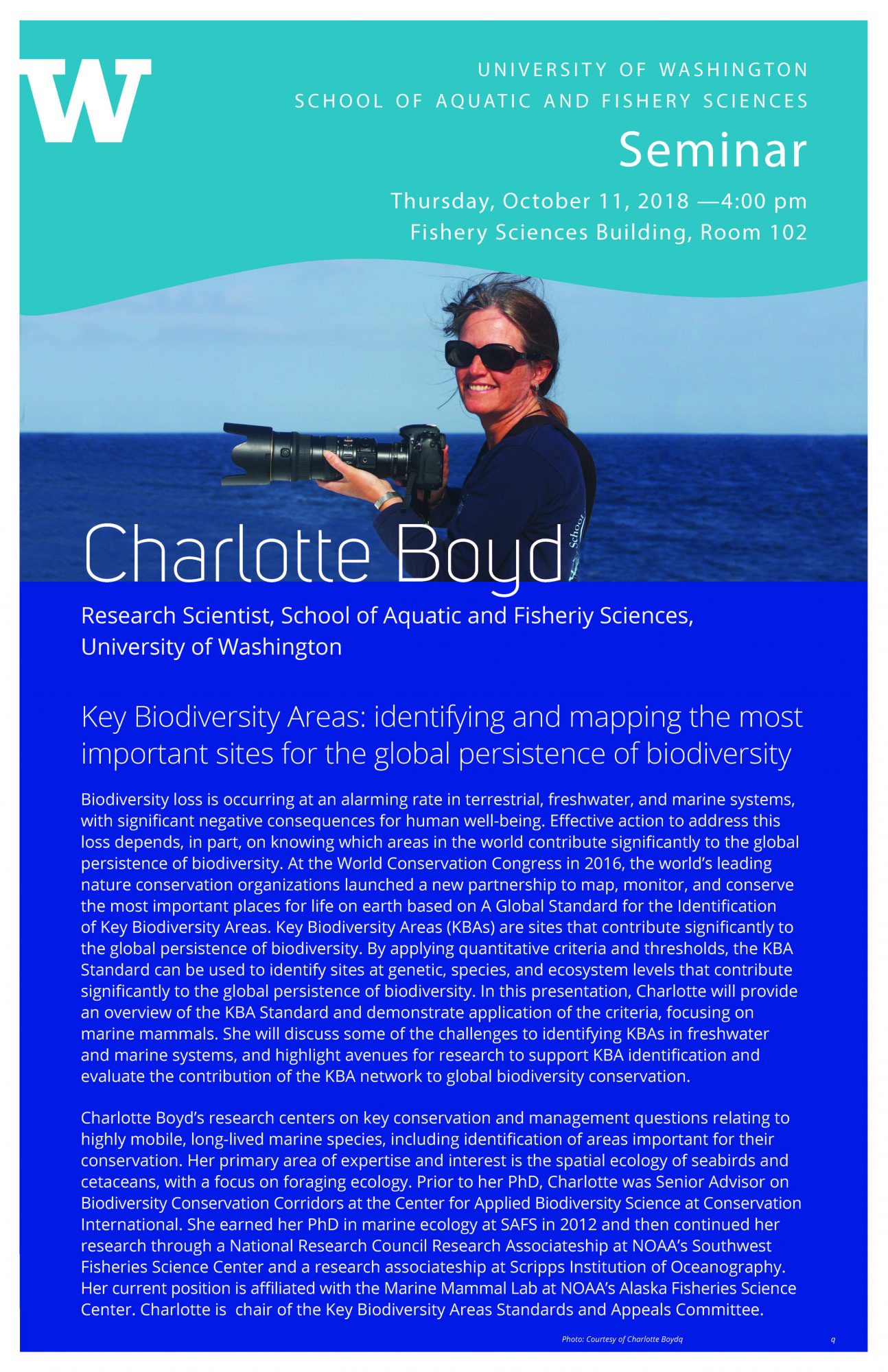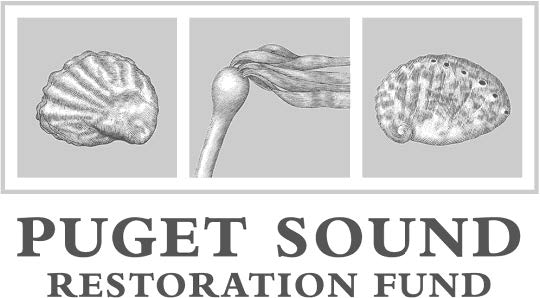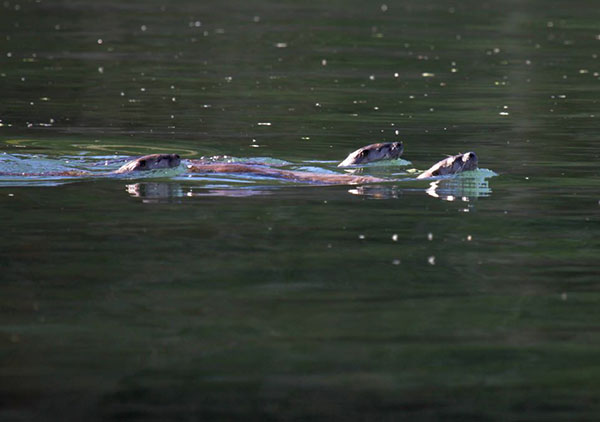Supervisory Marine Biologist Positions
City of San Diego Public Utilities Department
Environmental Monitoring & Technical Services Division
The City of San Diego Public Utilities Department is looking to fill one to three (1-3) permanent
Marine Biologist III (MB-III) positions in its Marine Biology & Ocean Operations Section
(Marine Biology Lab) over the next few months. The application period for these positions is
scheduled for October 5–15, 2018. Interested parties should visit the City’s job website
(www.sandiego.gov/empopp) during this time period for information and requirements, and
to submit their materials via the City’s online application process.
GENERAL JOB DESCRIPTION:
These are supervisory positions in the City’s “Marine Biologist” job series responsible for
conducting the City’s Ocean Monitoring Program to meet federal and state regulatory
requirements for the discharge of wastewater to the ocean via the Point Loma and South Bay
Ocean Outfalls. Main responsibilities of City marine biologists include conducting sampling
operations aboard the City’s two research vessels, maintaining and calibrating oceanographic
equipment and instrumentation in the laboratory and field, processing and analyzing different
types of samples in the lab, performing species-level identifications of marine invertebrates
and fishes, managing, analyzing and interpreting environmental monitoring data (e.g., ocean
water quality, plume dispersal, sediment quality, biological community assessments,
bioaccumulation of contaminants), writing, editing and reviewing technical reports, and
performing other tasks as required. Additionally, MB-IIIs are responsible for managing the
budget and work assignments of a specific work group and supervising between 1-6 scientific
or technical staff. Although the Marine Biology Lab is presently organized into four such
groups, this structure is under review and subject to change. Consequently, the successful
applicants from this recruitment will be expected to demonstrate their ability to manage
multiple staff and/or projects successfully, and to have subject matter expertise in one or more
core functions or work areas (e.g., field sampling, laboratory operations, taxonomy and
ecology of marine organisms, coastal oceanographic processes, data management, analysis
and reporting). Preference will be given to applicants with diverse professional backgrounds
most relevant to the lab’s core mission. Please visit the website listed above or contact the
Search Committee Chair below for additional information.
PRESENT SALARY RANGE:
~$5,337–$6,462 per month (with a combined 18.3% salary increase
scheduled to be phased in between January 2019 and January 2020)




